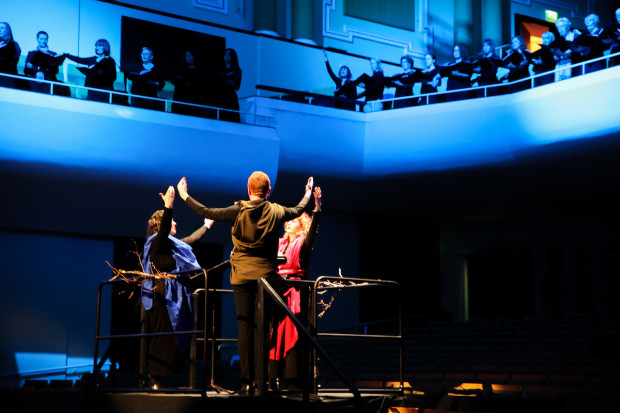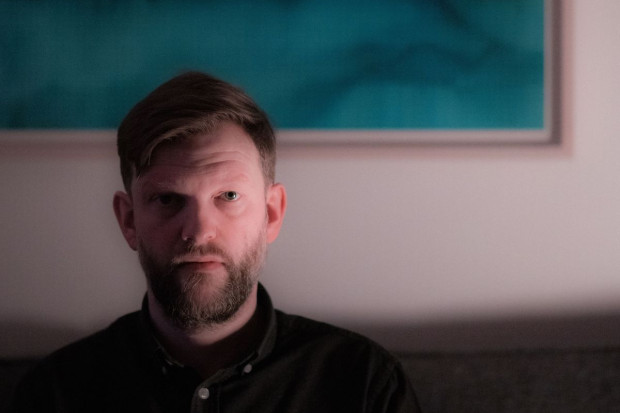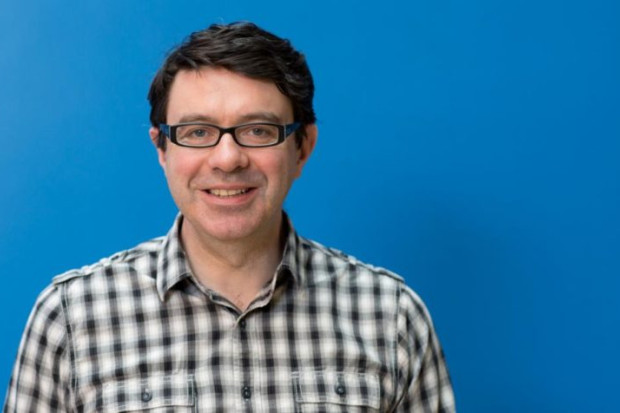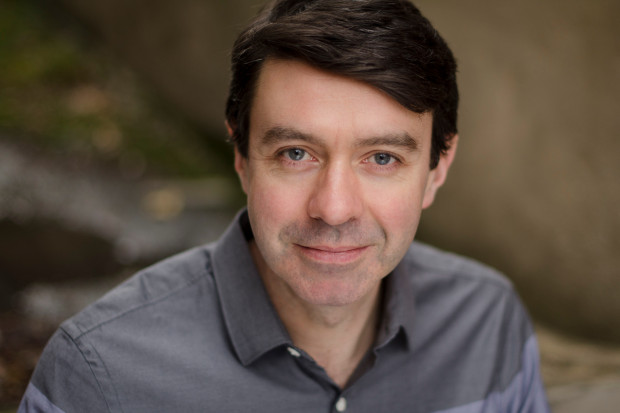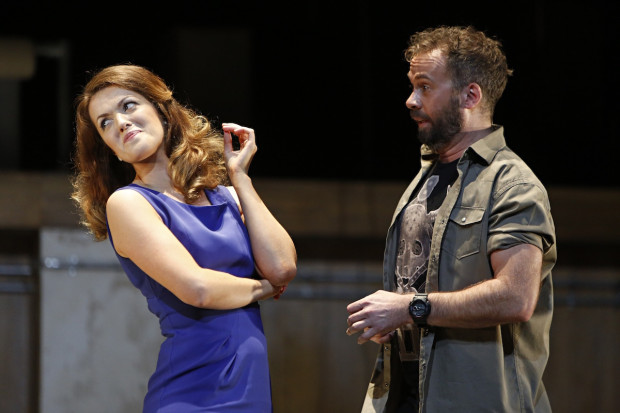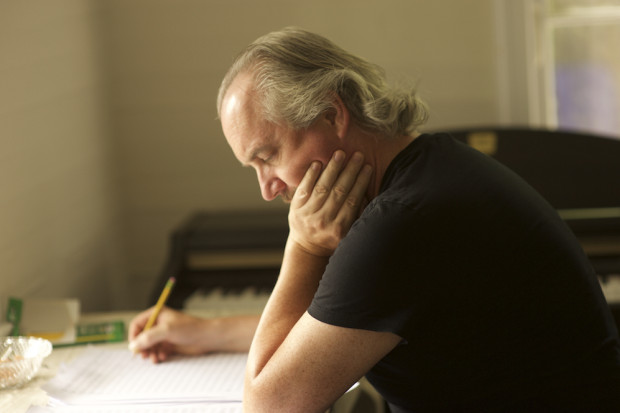
Andrew Hamilton
Circling Inwards
There are musicians we’ll never know. Those who create music not for public performance but as an internal process, like journaling or meditation. Andrew Hamilton isn’t one of those composers, but you get the sense from his new album, Joy, that he might have been. Voice and violin together, absent other instrumentation, can feel unusually close, quiet, and contemplative.
The hallmarks of Hamilton’s style are still there: the frenetic, twitchy energy, the atomised tonality, the continually looping, changing patterns like hand-drawn circles. And, at the back of it all, a sarcastic chuckle. But Joy, Hamilton’s first as soloist playing his own music, explores it in a more intimate space.
Should be listened to
The composer’s deadpan humour is most evident in the opening track, ‘The Spirit of Art’, which declares over and over, ‘I’m the Spirit of Art, I should be listened to.’ There’s an obvious thematic link to his earlier work, Music for people who like art, though the new work is looser, almost feeling like an improvisation.
This album finds the composer exploring much shorter pieces than his earlier releases, and I found myself drawn most of all to these works. ‘May’, recently released with a music video, and the microscopic title track, ‘Joy’, together run for just over two minutes. That compactness gives them a refreshing sincerity and directness. In ‘May’, the voice and violin walk in tandem a simple melody around a couple of translated lines by Heinrich Heine. ‘Joy’ is more smart-arsed, a bounding major-key melody declaring ‘The way to joy is not through you.’
Elsewhere, ‘i and i’ is a duet between the singer and himself – he sings, alone, an arrangement of Handel’s aria ‘Non lo dirò col labbro’, and is joined by a recording of himself as a boy, singing Arthur Somervell’s English arrangement of the same song. This feels like the most personal work on a personal album, almost nostalgic, as if the composer is wandering around the kitchen singing to himself, and is suddenly transported back in his mind to a time when the song first meant something to him.
The album also features two longer works, the first of which, ‘a’, is an effective comic horror story of music education. The lyrics are a wonder of mangled solfège – ‘ra-me-fe-la’ or ‘fi-e-de-ri-la’ – letters sung to the wrong pitches (‘G–C’ sung to G and B), and the phrase ‘Love stood amazed’ (from John Dowland). The music, for the most part, is both scattered and relentless, unable to stop and think, and increasing in intensity so gradually I thought I’d imagined it. Occasionally, after a run of ‘wrong’ notes or a wobbly trill, the violin interjects with a forceful triad, like a bad teacher saying, ‘No. Here.’
Loss of self
The other long track, ‘product #1’, I read initially as a comment on commercialism. The contrast between the hopeful lyrics (‘You gave me hope when all hope was gone and you gave me joy when all joy was gone, gone, gone’) and the dour, quasi-hymnal melody, the slow disintegration of those lyrics as the violin takes over, the harmonic support for the violin on (as far as I could tell; the instruments aren’t mentioned in the album’s notes) piano and electric organ suddenly picking up the violin part and carrying it in a frenetic arpeggiated rush to the finish, even the title itself: all these suggest the loss of self to technology.
But I could be over-reading it. Hamilton has a knack for writing earworms – a skill almost unheard-of in twenty-first-century contemporary composers – and the night after I first listened to the album, this song wound its way into my brain and I was treated to an extended cut to ponder during several hours of insomnia. I may have developed a bias against it on that account, but either way I found it the most frustrating work on the album, too long and changing too little.
In his review for this journal of Hamilton’s last album, Adrian Smith wondered where the composer’s work would go as it developed, and the answer, it seems, is inward. There’s a sense of the personal, especially in the short works here, and indeed in ‘Music for people who want to go home’, a COVID-inspired piece for solo violin, which Mairéad Hickey recently premiered on the Butterfly Sessions. His music is still circling, but it circles and repeats in the manner of a walking meditation, a presence in the moment and in the moment’s thought.
To purchase Joy, visit ergodos.ie/shop/releases/joy/
Published on 11 June 2020
Brendan Finan is a teacher and writer. Visit www.brendanfinan.net.












